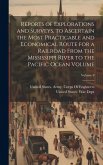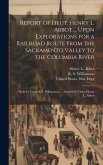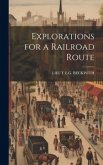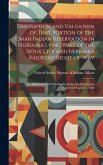âReport of Explorations for That Portion of a Railroad Route Near the Thirty-second Parallel of North Latitude, Lying Between Dona Ana, on the Rio Grande, and Pimas Villages, on the Gilaâ documents an important survey undertaken to determine the feasibility of a railroad route through the American Southwest in the mid-19th century. This historical record provides insight into the challenges and considerations involved in planning infrastructure projects in a geographically diverse and often unforgiving landscape. Detailing the explorations between Dona Ana and the Pimas Villages, the report offers valuable information about the terrain, resources, and potential obstacles encountered during the survey. Authored by Frederick Webb Hodge and John G Parke, this report stands as a primary source for understanding the early efforts to connect the eastern and western United States via railroad, and it remains a valuable resource for historians, researchers, and anyone interested in the history of transportation and development in the American West. This work has been selected by scholars as being culturally important, and is part of the knowledge base of civilization as we know it. This work was reproduced from the original artifact, and remains as true to the original work as possible. Therefore, you will see the original copyright references, library stamps (as most of these works have been housed in our most important libraries around the world), and other notations in the work. This work is in the public domain in the United States of America, and possibly other nations. Within the United States, you may freely copy and distribute this work, as no entity (individual or corporate) has a copyright on the body of the work. As a reproduction of a historical artifact, this work may contain missing or blurred pages, poor pictures, errant marks, etc. Scholars believe, and we concur, that this work is important enough to be preserved, reproduced, and made generally available to the public. We appreciate your support of the preservation process, and thank you for being an important part of keeping this knowledge alive and relevant.
Bitte wählen Sie Ihr Anliegen aus.
Rechnungen
Retourenschein anfordern
Bestellstatus
Storno



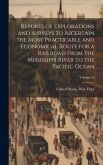
![Route From Liverpool to Great Salt Lake Valley Illustrated ... From Sketches ... by Frederick Piercy, and Containing a map of the Overland Portion of the Journey. Edited by J. Linforth. [With Plates, Including Portraits.] Route From Liverpool to Great Salt Lake Valley Illustrated ... From Sketches ... by Frederick Piercy, and Containing a map of the Overland Portion of the Journey. Edited by J. Linforth. [With Plates, Including Portraits.]](https://bilder.buecher.de/produkte/75/75245/75245533m.jpg)
